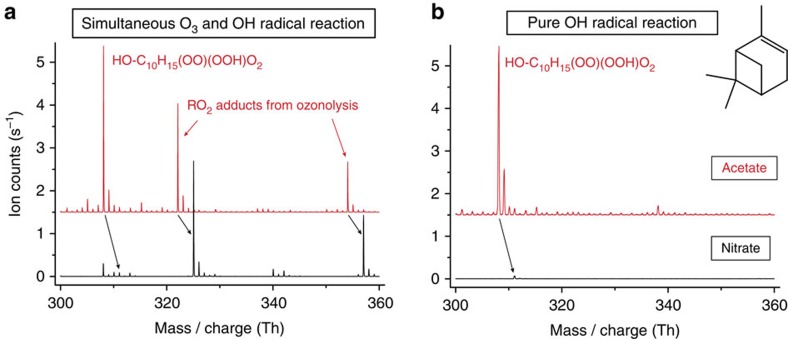Figure 1. Recorded mass spectra using acetate or nitrate for ionization.
The detected RO2 radicals from the oxidation of α-pinene appear as adducts with the reagent ions. Signals of nitrate adducts (black) are shifted by three mass units compared to the corresponding acetate adduct signals (red). The spectra obtained with acetate ionization are offset by 1.5 s−1 for more clarity. The reaction time in all experiments was 7.9 s. (a) Spectra obtained from α-pinene ozonolysis for identical conditions [O3]=6.1 × 1011 and [α-pinene]=1.0 × 1012 molecules cm−3. Simultaneous O3 and OH radical reaction takes place due to OH radical production from ozonolysis. (b) Spectra from the pure OH+α-pinene reaction using H2O2 photolysis for OH radical formation, [H2O2]∼1 × 1014 and [α-pinene]=5.0 × 1012 molecules cm−3. The signal at nominal 309 Th (first isotope signal of the RO2 radical) can be partly influenced by the corresponding hydroperoxide.

